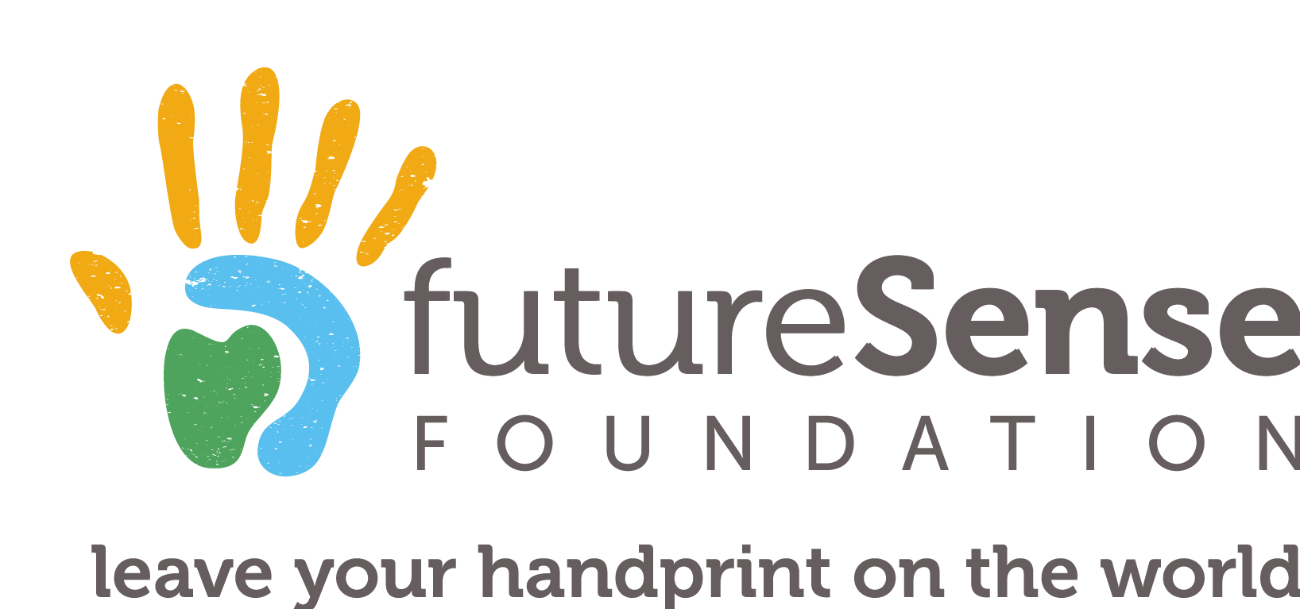India
Overview
India is the world’s seventh-largest economy and it is predicted that by 2050, India’s economy will be the world’s second-largest, behind China. Home to 1.34 billion people, totalling 18% of the world’s population, India has the world’s largest youth population, but over 30% of them are unemployed or not engaged in education or training. Many other problems are prevalent in this vast country which FutureSense looks to address.
FutureSense India work in the northern state of Himachal Pradesh in the Himalayas. We are based in the rural town of Palampur and work with 4 different schools in the surrounding areas. Our mission in Palampur is to focus on early childhood development and help close the inequality gap in the local community by giving a hand up to educational institutions. We aim to empower communities through our education and health initiatives, specifically targeting disadvantaged areas and providing them with a cross-cultural exchange and as we continue to maintain our current programs legacy, we look to expand our reach.
Population:
1.3 billion
GDP:
2.7 trillion
Life Expectancy:
69 years
The Challenges
India has many challenges that are preventing the country from growing. Problems seen in Palampur, where we are based, include inequality, malnutrition, poor water, sanitation and hygiene, gender inequality and poverty.
Inequality
Inequalities exists between the people in towns and the people in rural areas. Township people have more advantage than those living in the areas outside of the central town as they are more affluent and can receive better education, health care, access to water and many other things essential for development. It is stated that India's richest 1% own 73% of the country's wealth.
Health
Issues of malnutrition, poor water, sanitation and hygiene are rampant in India. While around 94% of rural households have been provided toilets and the Indian government has set 2nd October 2019 as the deadline to make India Open Defecation Free (ODF), reducing open defecation requires not just access to improved sanitation facilities, but also a serious effort to change attitudes. Further to this, it is estimated that 21% of communicable diseases in India are linked to unsafe water and the lack of hygiene practices. In addition to this, 5% of the population lack access to clean drinking water.
Livelihoods
There are limited economic prospects for marginalised groups in India, continuing the cycle of poverty. People remain in poverty due to a lack of access to healthcare, inequality, homelessness, hunger, poor infrastructure, corruption and social exclusion. In addition to this, a lack of gender equality hugely limits women’s access to resources and opportunities, with only 27% of women in India engaged in the workforce.
Our Programmes
Our overall in-country strategy is based on achieving several sustainable development goals (SDGs) set by the United Nations as well as meeting local community needs. We want to contribute to the global effort and therefore we work towards: ensuring healthy lives and promoting well-being for all at all ages; ensuring inclusive and quality education for all and promoting lifelong learning; achieving gender equality and empowering all women and girls and ensuring access to water and sanitation for all. All of our programmes work towards delivering quality education, no matter what the topic, as well as achieving gender equality through empowering young girls in all sessions delivered. Ensuring healthy lives and access to water/sanitation is achieved through our health programme.
In our education programme we aim to teach young people Conversational English to improve their language skills and increase the number of students continuing onto higher education. We achieve this aim through our English lessons which encourage student engagement, creative thinking and problem-solving. Through interactive games and activities in these lessons, students can freely express themselves in the English language. Specifically, we aim to increase student’s confidence in speaking English so that they can transfer their English language skills to real life situations, outside of the classroom.
In our Health programme we aim to improve overall community health and reduce illness-related absenteeism in schools. We aim to improve washroom facilities and access to clean water, introduce behavioural changes related to hygiene and eating habits, increase understanding of transmission and of health-related illnesses and decrease illness rates related to nutritional deficiencies. We do so through teaching health modules in local schools that directly target young people.
Through our Life Skills Programme, we aim to improve beneficiaries’ capacity in social, cognitive and creative skills. We allow children to develop their skills on taking initiative, interacting with others, solving problems, managing conflict, understanding, displaying empathy, thinking creatively and making educated decisions. We focus on achieving these aims through our Creative Arts programmes which cover various themes such as, dance, drama and music, physical activity, arts and crafts and photography.
Developing these skills are essential in assisting children with finding employment in the future and empowering girls.

